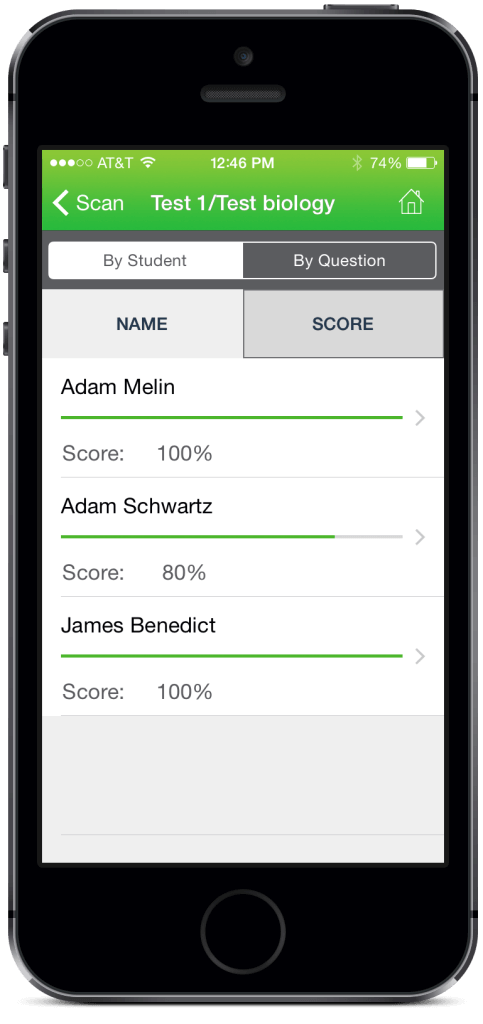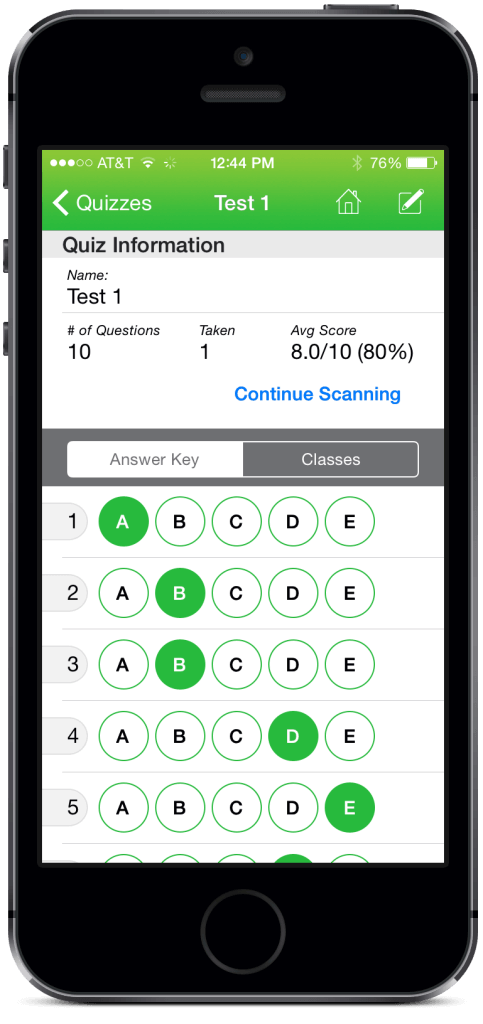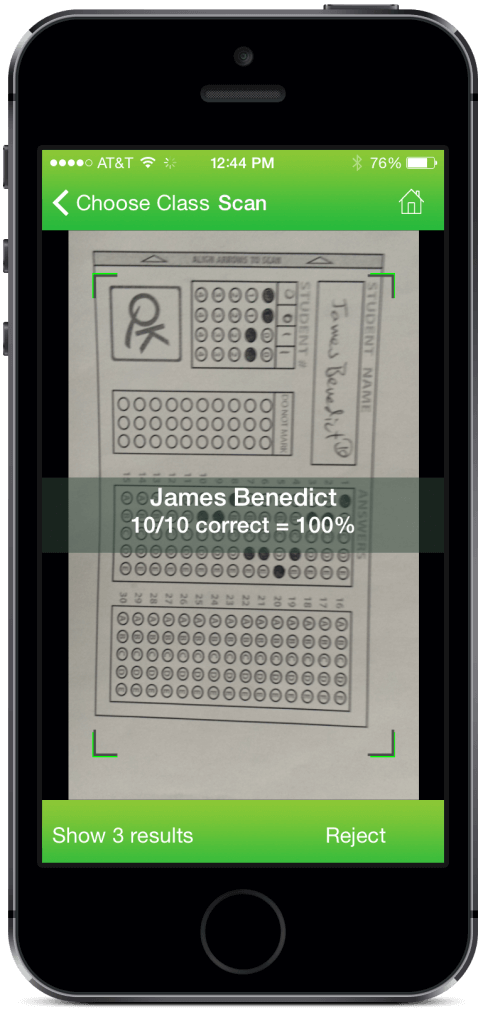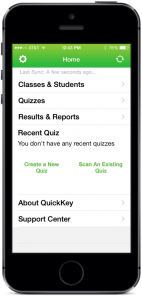Quick Key started with a conversation between entrepreneur Isaac van Wesep and his friend, teacher Walter Duncan. Duncan has long been a believer in testing students’ knowledge with very regular – even daily – quizzes. The grading process, however, was becoming arduous. Wouldn’t it be great, Duncan said, if he didn’t have to hand-grade these quizzes or use pricey scanning machines? If there were a way for his phone to quickly scan and grade answer sheets?
The more they talked, the more they liked the idea. The tool they imagined would be affordable to all teachers, allowing regular testing to be integrated into lower-income and affluent schools alike. If used widely enough, they reasoned, it could be used to help bridge the educational divide between rich and poor.
“A lot of education technology is wonderful and useful and available only to the 1 percent of students and teachers who happen to work and learn in well-funded schools,” van Wessep said.
So the pair decided to turn their vision into reality.
To bring their concept to life they turned to Rocket Farm Studios. They chose Rocket Farm for the company’s quick and thorough RFP response, impressive and prompt creative portfolio, and responsive discovery process, van Wesep said.
They brought their idea, but,van Wesep admits, they didn’t have many specifications to offer developers. So Rocket Farm’s team stepped in, helping van Wesep and Duncan translate their concept into technical requirements and a simple, intuitive user experience.
After the details were in place, there were two major obstacles for developers to overcome.
First, they had to figure out how to make a smartphone camera function as an optical scanner. Taking a picture of a completed bubble sheet was easy, but lighting conditions, shadows, and the position of the phone all complicate the process of analyzing the photo, explained developer Seth Lipkin.
“Depending on the lighting, the empty bubbles on one part of the page can be darker than the filled-in one on another portion,” he said.








